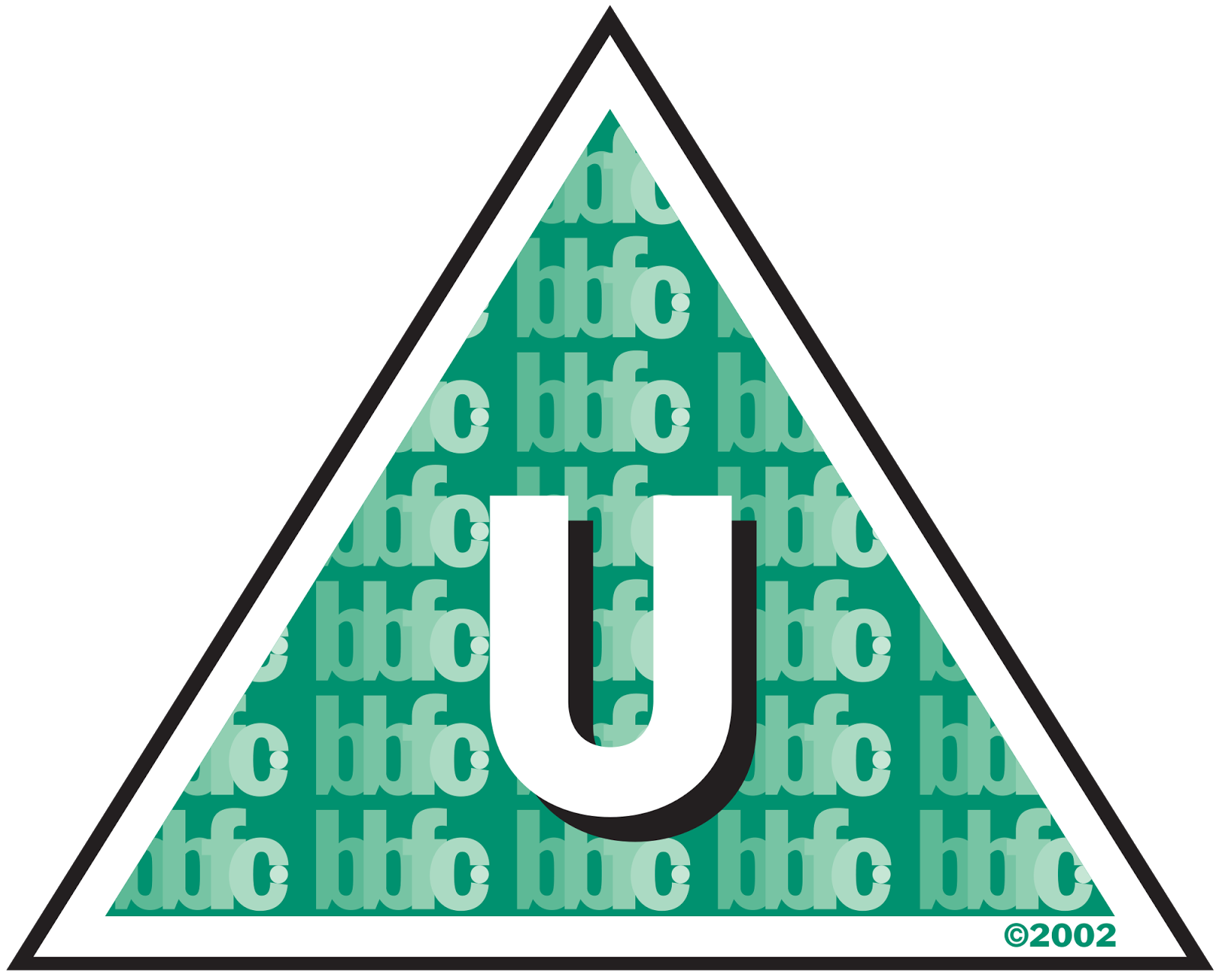CONVENTIONS OF A
HORROR FILM GENRE
Horror films
are created with the purpose of seeking a negative emotion from the audience,
playing on the fears of the viewers; it often deals with the themes of
unknowing and the terror which occurs with this. Plots often involve a force of
evil, whether it be a person, event or place - these often have super natural
origins such as ghosts, aliens, vampires, demons, vicious animals, zombies or
murderers. It has undoubtedly become one of the most popular genres recently.
Horror films have an obvious macabre feel, often with supernatural themes.
Horror films are also often overlapped with genres such as fantasy,
supernatural and thriller.
Introduction
and History of Horror Films
Horrors films go
back to around 100 years ago; it is one of the oldest genres of film known to
date. From the early days people recorded stories of ghosts and other shadowed
shapes which were emotionally connected to the unknown and the fear of being in
danger. Horror films reflected on such stories and therefore give the audience
and opening into that scary world without actually being in danger themselves.
The premise of
the unknown and the lack of knowledge was incorporated into monsters which were
often used within German silent-era films throughout the 20's.
As these
monsters became more mainstream and widely known due to their success in
movies, they had to be changed to become more original and therefore maintain
the same level of fear. Monsters then took the form of real people in realistic
and everyday settings which scared the audience even more.
Nothing embodies
this ideal more than Alfred Hitchcock's 'Psycho' which was created in 1960.
This was something which had never before been seen by an audience and
therefore created shock and horror in its viewers. The idea was, however, a
success, and is now one of the most famous horror films of all time.
Another
prominent film of the era was also 'The Texas Chainsaw Massacre' which was
created in the middle 70's. It received a huge amount of notoriety for its
on-screen exploits.
In the 90's
there was a lack in the release of films which were genuinely frightening so
example, 'Night of the Living Dead' in 1991 and 'Scream' in 1996. Later in the
century a horror/ sci-fi crossover started to have great success with films
like 'Cube' in 1997.
In the 2000's
people started creating comedy crossovers. 'The Evil Dead' in 1981 was actually
the first film to do this, however, after this very few films of this hybrid genre
were created until recent times. It was then proven that the genre was not only
successful but embraced by an audience. Regardless of what the evil is, be
it zombies – ‘Shaun of the Dead’ (2004) and ‘Zombieland’ (2009), vampires –
‘Lesbian Vampire Killers’ (2009), demons – ‘Jennifer’s Body’ (2009), aliens –
‘Slither’ (2006) or just horror tropes – ‘Tucker and Dale vs Evil’
(2010) horror/comedy crossovers never seem to disappoint.
Sub-genres
Action horror
- the element of
horror combined with gunfights, elaborate chase scenes and other
elements associated with films of action genre.
Comedy horror
- combined horror and
comedy
Gothic horror
- gothic horror is a
type of story which contains elements of goth and horror. At times it may also
have some type of romantic understory which unfolds.
Psychological
horror – Relies on
characters' fears, guilt, beliefs, eerie sound effects, relevant music,
emotional instability and at times, the supernatural and ghosts,
to build tension and further the plot.
Science
fiction horror - a
hybrid genre of horror and sci-fi which involves usually characters from other
planets such as aliens
Slasher film
- Revolves around a
psychopathic killer stalking and killing a sequence of victims. These films are
normally extremely graphic and violent in subject matter.
Splatter film - these films deliberately focus on graphic
portrayals of gore and graphic violence. Through the use of special
effects and excessive blood and guts, they tend to display an overt
interest in the vulnerability of the human body and the theatricality
of its mutilation. Not all splatter films are slashers, and not all splatter
films are horrors.
Zombie film - based on the idea of zombies and apocalypse
ideas
Codes and
conventions
The location of horror films are normally in an area
which is mostly deserted, such as the woods, a ghost town or abandoned house of
some kind. Often these settings, especially in more recent horror films, are
place in realistic or real places in order to scare the audience and make the
story believable.
The characters are under some kind of threat, whether it
be danger, death, a curse or worse.
A common thing which occurs in horror movies is a power
cut of some kind. All the lights are turned off which awakens both the
characters and audience's fear of the unknowing.
Along with the previous convention - often phone lines
are cut to show that the characters have no contact with any kind of help.
Strange noises are also a convention of horror films;
again the idea of the unknown is played on here.
Often one of the strongest conventions is the characters
running away or hiding - normally in ridiculous ways where the audience knows
they will be discovered.
The victim(s) are normally humans. Whereas the villain is
normally either a killer or a mystical being.
If there is a vehicle in which they are attempting to
escape in, it normally does not start.
Someone is normally killed within the first five minutes,
setting up the plot and sense of immediate danger.
The weather is normally very reflective of the mood,
horror films are normally accompanied with stormy or rainy weather which
connotes something bad is going to happen.














